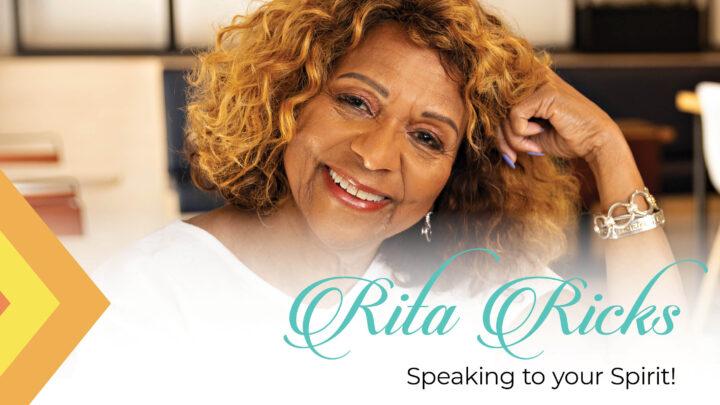Faith or Fear: The Choice That Shapes Your Future
Faith or Fear: The Choice That Shapes Your Future Fear and faith cannot occupy the same space. One paralyzes, the other propels. One fixates on worst-case scenarios, the other opens doors to limitless possibilities. I’ve wrestled with both—standing at the crossroads of fear and faith more times than I can count. And if you’re reading…
